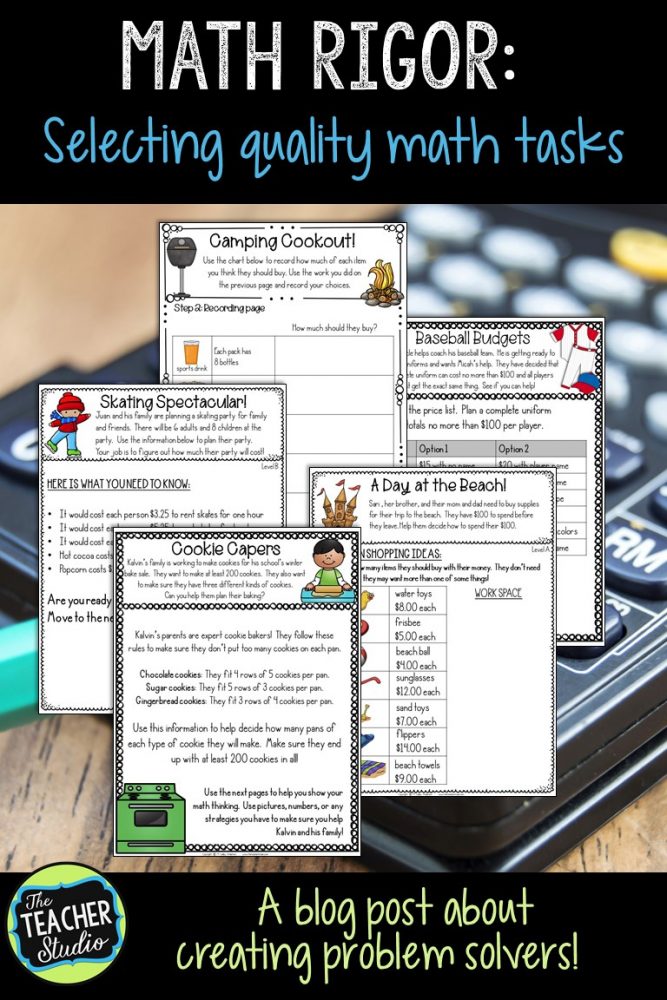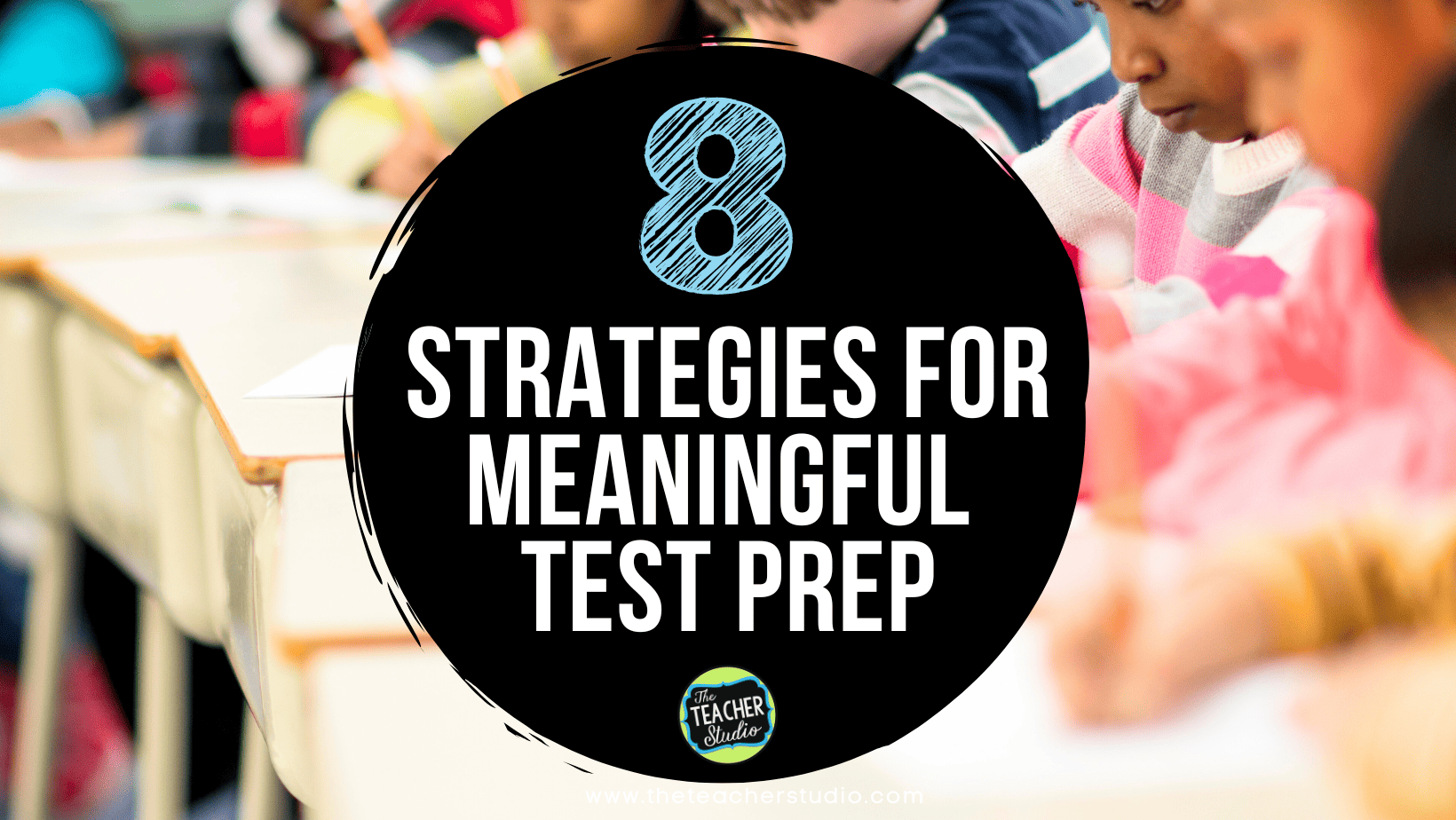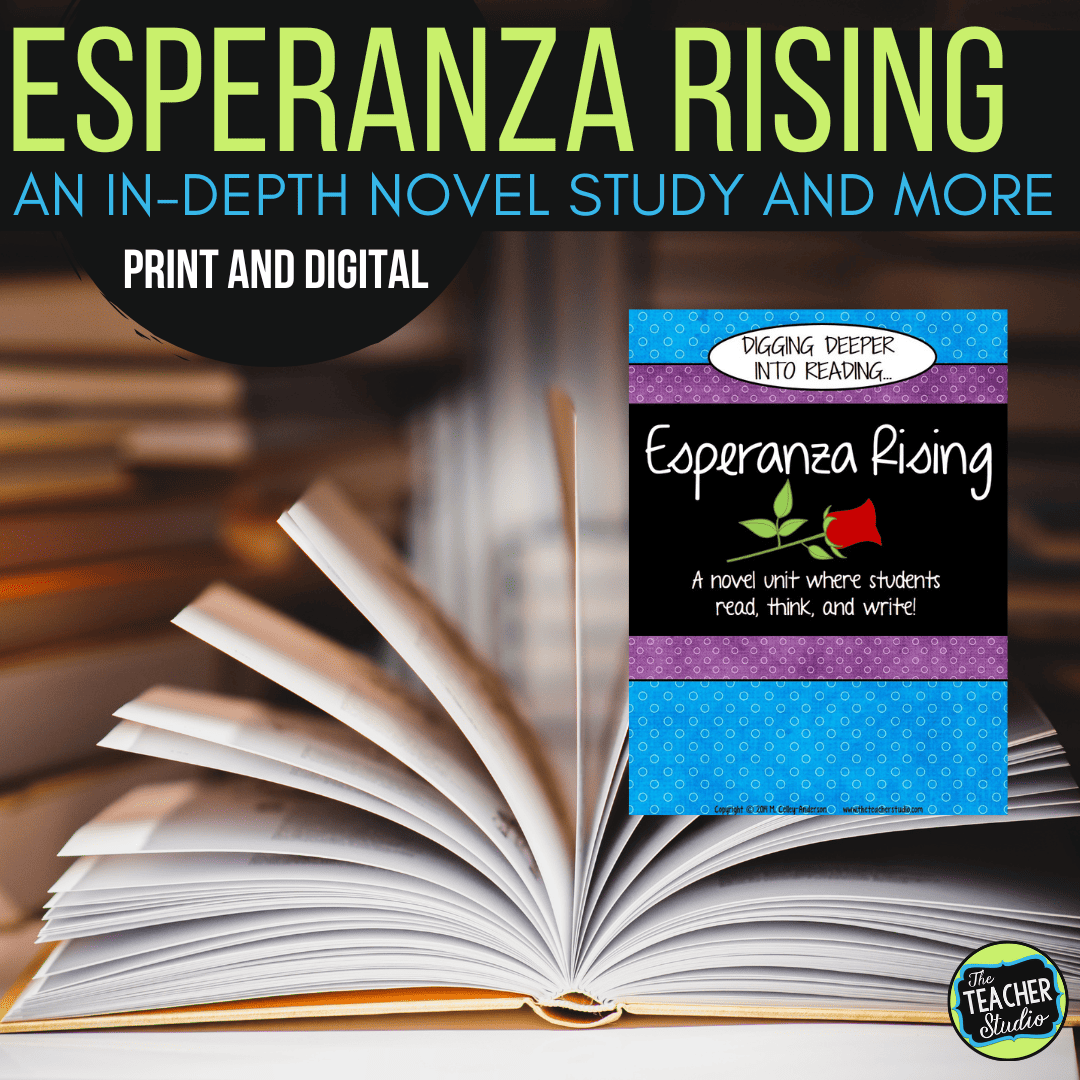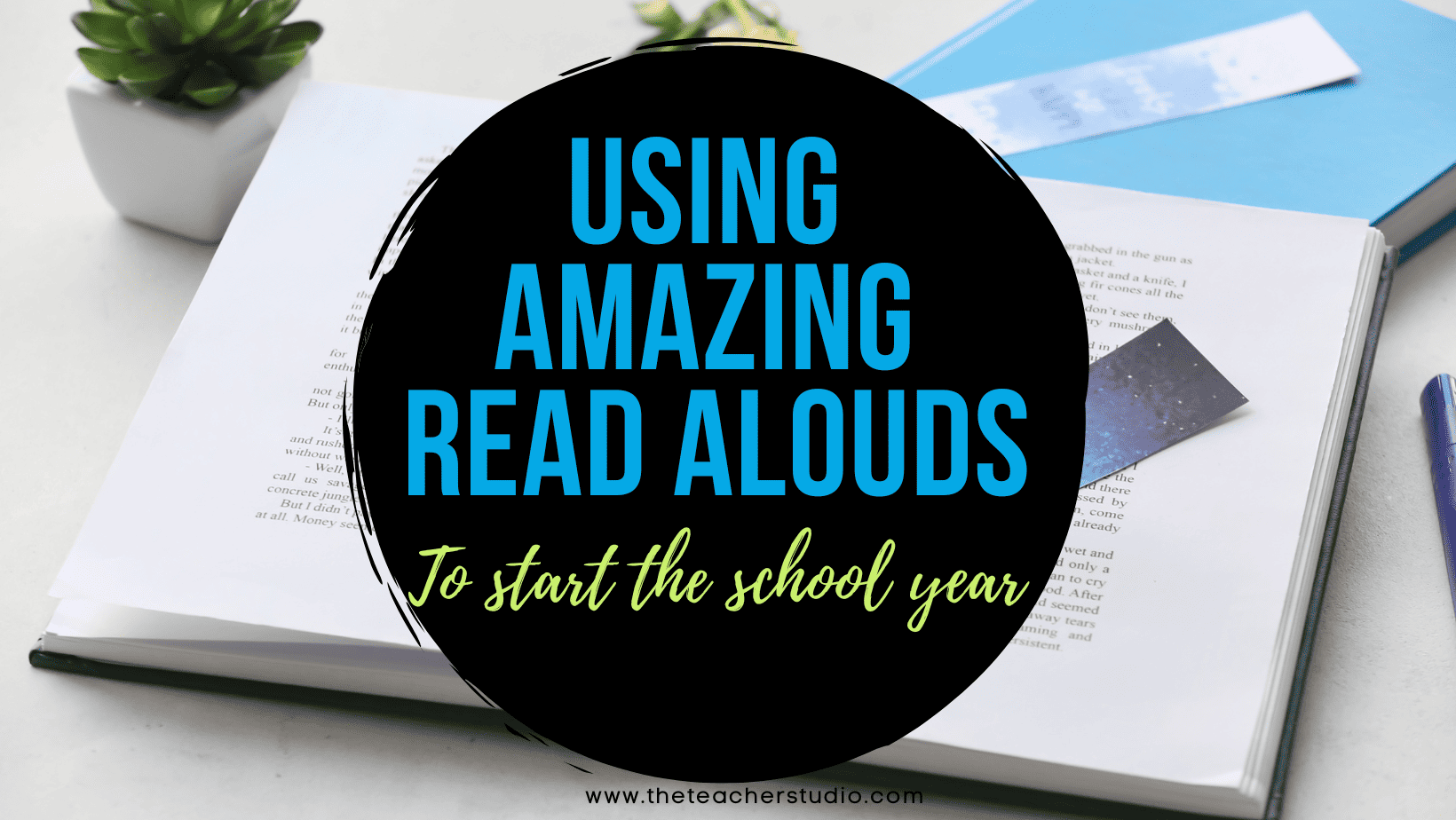










We have all heard the word “rigorous” with regards to math instruction and math tasks. What exactly IS math rigor and how can we encourage it?

What does NCTM say?
The National Council for the Teachers of Mathematics gives a few hints about this. See what you think.
- Math tasks should require effort. Consider exactly what that “just right” effort is–enough to challenge students with enough frustration to engage but not enough to frustrate.
- Tasks should be rich and have multiple entry points and opportunities to extend and enrich.
- Solutions can be “messy” and have multiple solutions. In fact, the solution is less important than the problem-solving process itself.
- Rigorous math tasks contain math content that is relevant to students and develops connections among math concepts.
- Quality math tasks develop strategic and flexible thinking. Students who are engaged in these tasks use their reasoning and number sense to help them proceed.
- Rigorous math experiences involve active learning and involve ALL students, not just our brightest.
- Finally, collaborate! Problem-solving does not need to be a solitary experience! Encourage partners and teams to work together, talk about math, and succeed together.
My question to you is this–does your math series provide this type of math experience for you? Mine certainly does not.
Open-ended challenges for grades 2-3
This is where I knew I could help my students and other teachers. I knew what type of problems my students needed–and I set out to create them.
As you know, developing rigorous math tasks has now become one of my passions, and I just wanted to give you a little “heads up” that I have finished my collection of four open-ended sets of tasks (4 sets of 3 tasks) The final set of summer challenges (perfect for warm weather problem solving–tasks include campfires, visiting a festival, a trip to the beach) and can be found by clicking RIGHT HERE. The price of the BUNDLED resource saves you a bunch of money if you want tasks to last all year.
This set is seasonally organized because I know many teachers like to work tasks in throughout the year, but none of these tasks NEED to be done during the “assigned” season. I did the baseball task in the winter because I told my students I was missing baseball!
This set of challenges is perfect for your class if…
- You teach grades 2 or 3 and want ways to challenge your students and develop their problem-solving strategies and perseverance.
- Or you teach grades 4 or 5 and your students are inexperienced problem solvers who need experience with complex tasks with less complex computation.
- You want opportunities to immerse your students in the Standards for Mathematical Practice.
- Maybe you need quality math tasks for math stations or centers.
- Your math series has taken the “thinking” out of problem-solving where students don’t need to apply multiple strategies or skills within a single problem.
- You need ready-to-print, low-prep math activities for your fast finishers that are meaningful and engaging.
- You want to have DIGITAL ACCESS to tasks in addition to print versions!
- And so much more!
So what grade level is it REALLY meant for?
This is always such a tricky question. I teach fourth grade, and I have used these grade 2-3 tasks with my class because I have done a LOT of teaching with more advanced tasks, but I wanted tasks for them to do TOTALLY independently. I want them to tackle that “make sense of problems and persevere” standard. This standard is often overlooked. We do the thinking FOR our students and guide them too much. Now don’t get me wrong–there is a time and a place for that guided instruction, but I want to make sure my students can work independently too. These are perfect!
Third grade teachers will find these to be perfect for that “guided” instruction. This will vary per class (or group of students) because we all know that all third graders are not created equal! Know that most third graders will need some sort of introduction to the task. Some may need help with the reading (although I’ve worked hard to keep the language simple and the sentence structure clear). Other students may need help understanding the organization of the problems because they are multi-step problems. I have deliberately worked to break the tasks into sections to help students know exactly what to do. Other students may need support with strategies and solution hints. Maybe they need manipulatives. You might want to offer calculators to check work. You do what YOUR STUDENTS need!
Finally, this resource may be perfect for enrichment for capable math students or enrichment groups in grade 2. Other grade 2 teachers may also find these tasks are perfect for cooperative problem solving. Depending on your group, you may need to guide the groups along the way, or you may simply need to do a quick introduction and send them on their way! This is also a great way to differentiate. Give each group exactly what they need.
So what do you think? Interested? CLICK HERE to grab this bundle! Know that it has been updated to have full digital access as well!
You may be interested in a similar resource that is geared more for grades 3-5–just CLICK HERE to see those challenges! These challenges also included digital access for all tasks.
Rather pin this for later?







